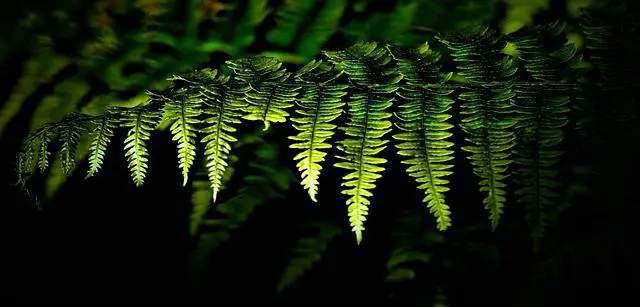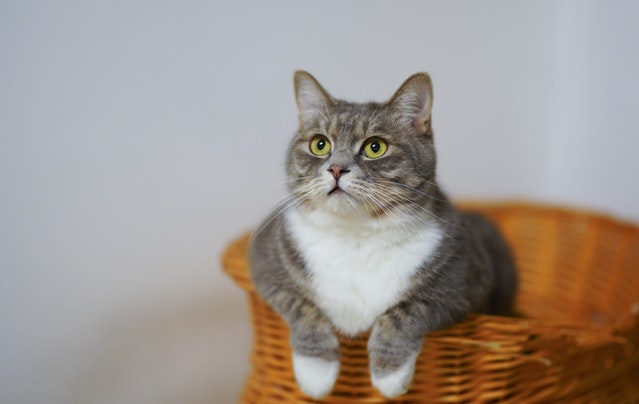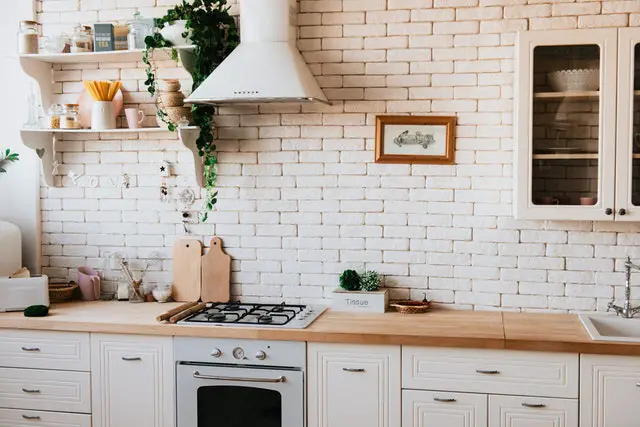While popularly carnivorous, your cat may still chew on the occasional leaf, making your houseplant a potential target. Chances are, you have a Tillandsia hanging around, which may beg the question, “Are air plants toxic to cats?” It is a very fair thing to ask because many houseplants can actually be hazardous to our furry friends.
Most would say that curiosity killed the cat, nevertheless, in this case, your feline friend should be fine. Air plants aren’t typically poisonous to pets. Now, before you hang more air plants around your home, there are some cautions you still need to consider. For instance, your cat may choke on the plant.
Stick around to learn more about whether air plants are toxic to cats and the safety precautions you can take.
Are Air Plants Toxic to Cats?

Of the 650 different air plant species available, your cat is safe from all. That being so, you may still need to be wary if your cat gets its paws on some of your perennials.
The reason being is that air plants have characteristically sharp-edged and spikey leaves. If your cat manages to grab a bunch, it can choke on the plant.
Apart from that, air plants are sometimes accompanied by other houseplants. Since they’re epiphytes, the Tillandsia genera don’t rely on a soil base. Instead, they latch on to objects like terrariums. Some may prefer placing other houseplants in the same region as these air plant mini glasshouses.
For instance, you may have some moss terrariums dangling with the air plants, making them other likely targets for your cat. Some moss species such as moss rose or club moss are toxic to cats. Other moss species may simply cause a minor stomach ache or vomiting for your pet.
Since that’s the case, you can alternatively purchase some non-toxic options such as Irish moss. You may also place your air plants among other non-poisonous houseplants such as succulents or orchids.
Overall, if your cat did ingest some of the air plant’s leaves, the latter may suffer more. All the same, the best course of action is to ward your cat off from houseplants altogether.
Why is Your Cat Eating Air Plants?
To understand why your cat is eating the air plants in the first place, it may be beneficial to look into the appeal. In other words, what makes them so enticing to your cat. Here are some of the reasons below.
1. It Detects Movement
Picture this, your cat is laying about near your hanging air plant collection. The window is open and it lets some breeze in.
The air plants can’t help but gently swing within your cat’s reach. To your furry friend, this may be a familiar game of trying to catch the stick teaser. The air plant’s spikey appearance makes it all the more alluring for your cat to leap for.
This is just one demonstration of how your cat can detect movement and, just like its ancestors, leap and attack.
2. Out of Curiosity

Most cats like to familiarize themselves with their surroundings by using their mouth and tongue. This is usually more common for kittens since they usually like putting random objects in their mouth.
Some air plant species produce a fragrance that may perhaps draw your cat in even more. Keep in mind that once your cat gets a nibble of your air plant, it may develop a taste for it.
How to Keep Air Plants Away from Cats
After understanding why your cat may want to take a few bites out of your air plants, it’s time to figure out how to keep them out of reach.
Here are a few methods you can try out below.
1. Enclose The Air Plants
Keeping your air plants caged can keep your cat from reaching in for a snack. Nonetheless, the enclosure needs to let some air in. One of the best options is to use a terrarium. That way, your cat will barely be able to sniff them and they’ll be hung high on the ceiling far from its paws’ reach.
2. Hang Your Air Plants on the Wall
If you’re not a fan of terrariums and want a larger display for your air plants, you can mount them on some wall decor.
Several decor items can make this DIY project come to life. You can use a frame, chicken wire, or even a chunk of driftwood. Not only will your air plants be safe from your feline’s vegetarian appetite, but you’ll also feature a one-of-a-kind art piece on your wall.
3. Place Your Air Plants on a Shelf

A more low-key decor idea for your air plants would simply be placing them on a high shelf. That way, your cat won’t be able to reach them. Just make sure there’s not enough space where your ninja pet can parkour its way up there.
See a similar post: Are Bonsai Trees Poisonous to Cats?
To Summarize
Are air plants toxic to cats? Simply put, they are not. If your cat does manage to ingest some of the leaves, it should be fine.
A few reasons you may want to remain cautious is due to the choking hazard the air plant can pose to your cat. Additionally, you may have placed the air plant among other toxic houseplants which your cat could also consume.
Having said that, cats are naturally curious beings and can’t help but discover their surroundings through their tongue. That’s why you may want to consider placing the air plants far from your cat’s paws.
Frequently Asked Questions
Are any air plants toxic?
There are no toxic air plant varieties in the market. This is good news for all the pet owners out there, especially cat and dog parents.
Fortunately, no reports have stated any allergic reaction originating from an air plant species for both humans and animals.
A lot of allergic reactions may stem from pollen sensitivity. Luckily, there are no pollen traces present in air plants. Opposingly, air plants are actually beneficial when it comes to keeping the surrounding air clean.
Their cleaning air properties come from the trichomes or little scales found on their leaves. The scales work by absorbing present toxins in the air such as dust, bacteria, and mold.
Are any air plants toxic to cats Aspca?
The American Society for the Prevention of Cruelty to Animals (ASPCA) provides a helpful source on which plants are toxic and non-toxic to your pet.
Now, air plants originate from the genus Tillandsia, which is born from the family of Bromeliaceae. In the list of non-toxic plants for cats from the ASPCA, you’ll notice all of the plants from the same family of air plants included.
Apart from that, you can use the list as an indicator while going out shopping for more houseplant varieties to grow your green collection.
Nevertheless, some cats may have specified allergies. If you notice it giving off symptoms such as vomiting within six hours of ingestion, then we recommend taking it to the nearest vet.
How long do air plants live?
In short, air plants can survive from two to five years. That being said, the plant’s life expectancy can decrease or increase depending on several factors.
For example, if your cat managed to snatch a leaf, then that could potentially lessen the plant’s life span. Other than that, the environment, weather, and light conditions could also play a major role in how long your air plant lives.

Hey, I’m Lisa and I’ve been an avid gardener for over 30 years. I love writing, talking and living in the garden! Feel free to connect with me on my socials below


